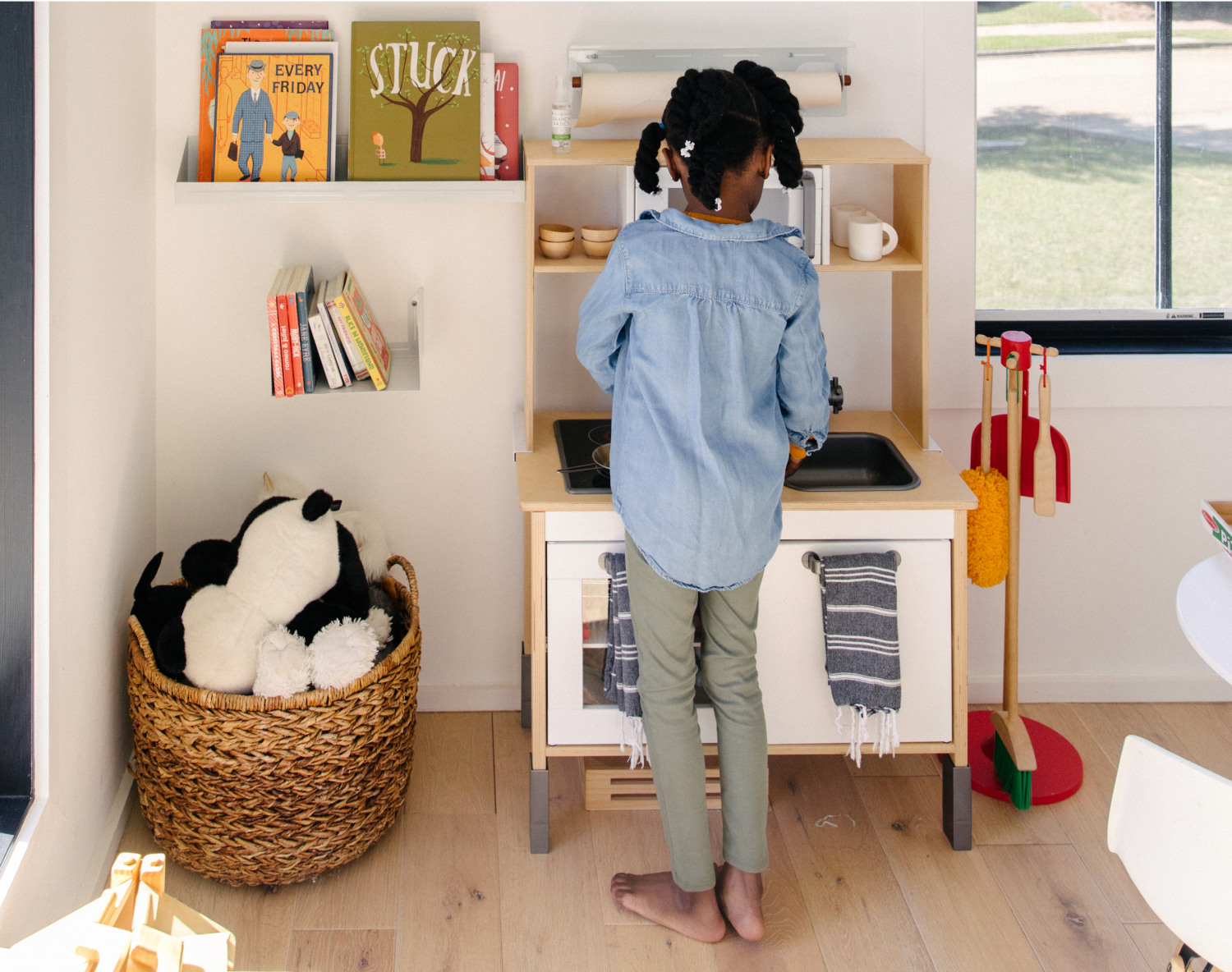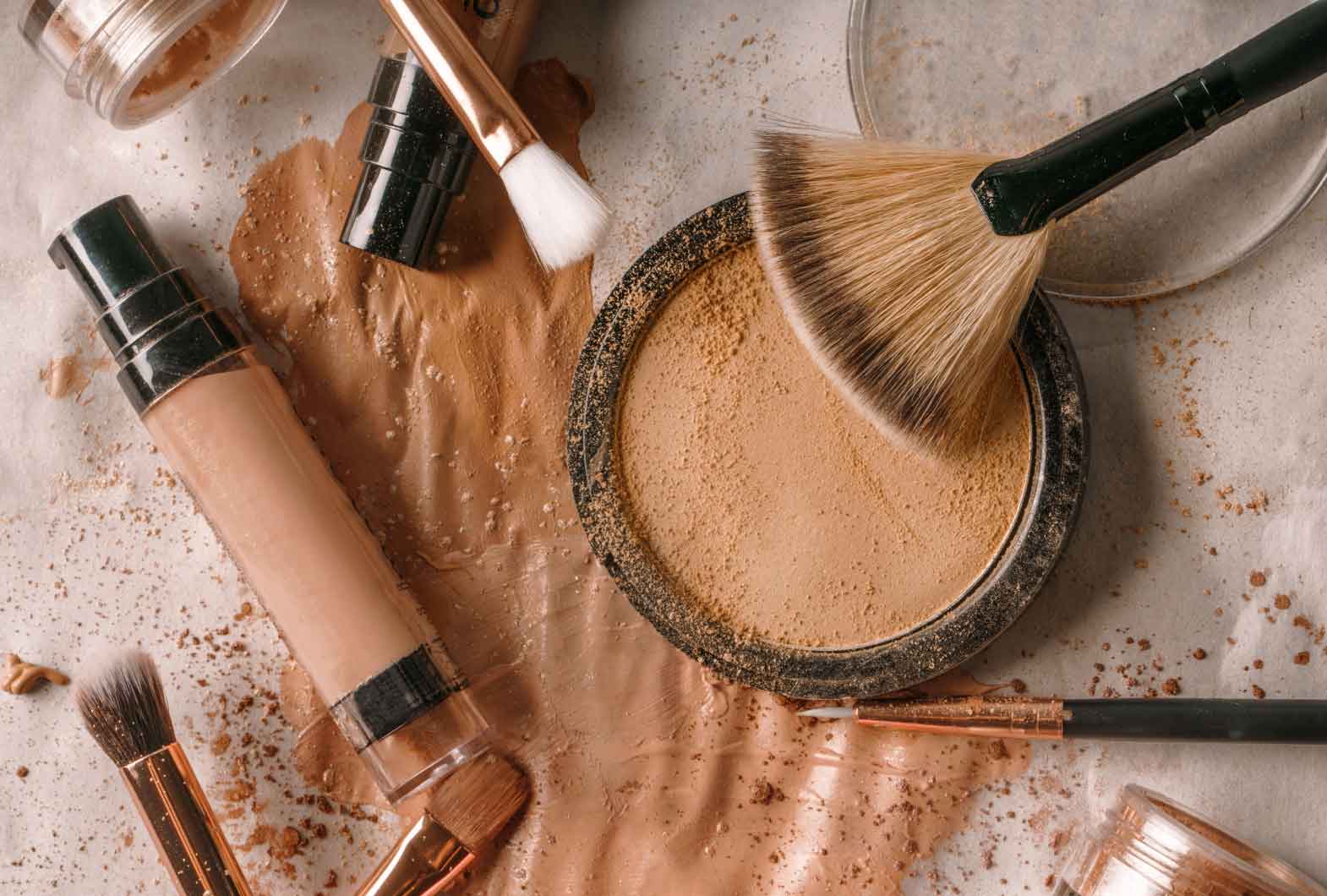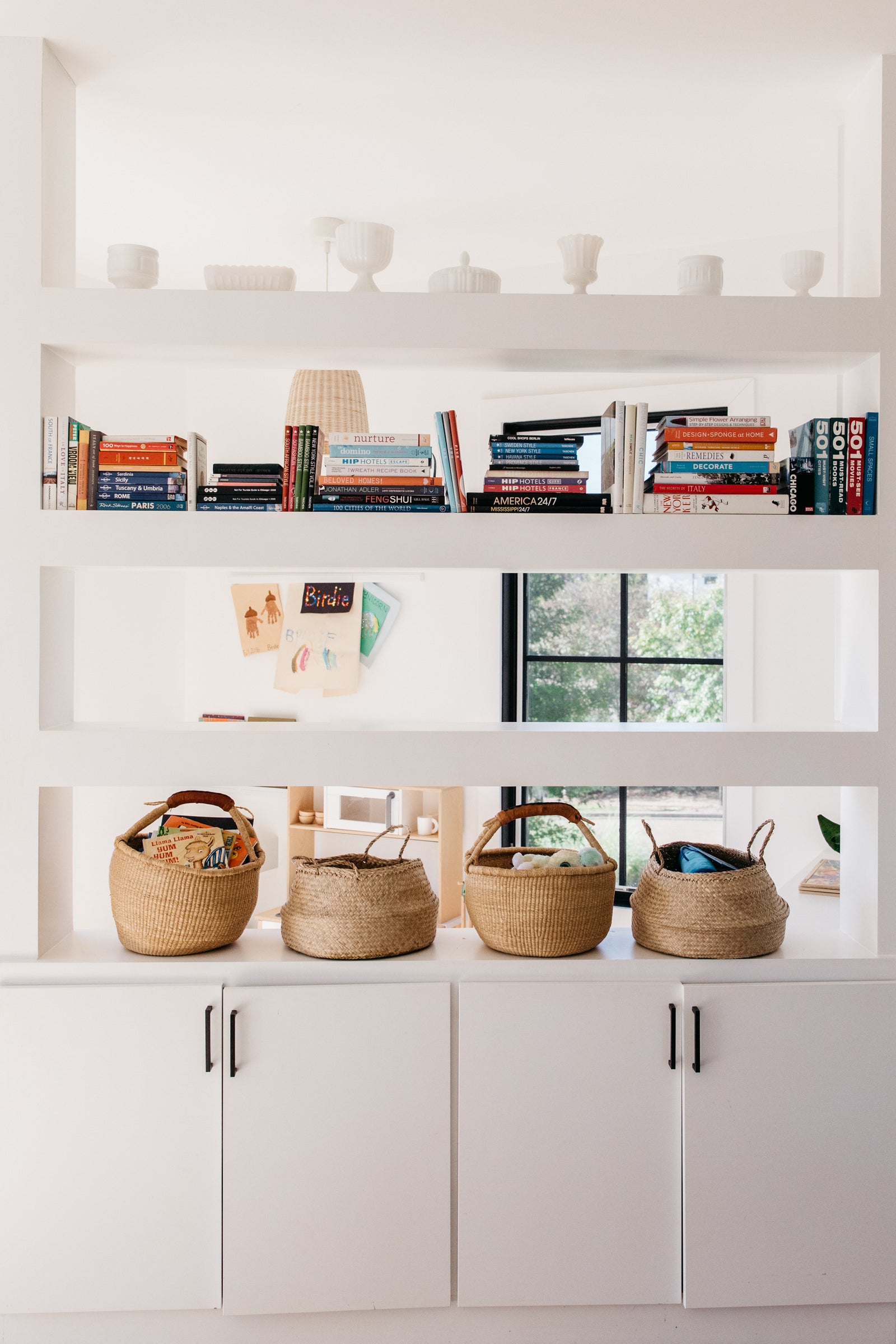The Branch Basics Smart Guide to Safe School Supplies

Most kids love getting back to school supplies! The new school year provides a perfect opportunity to check out the many safe “attractive to kids” school supply options that are widely available today.
This was not always true. Parents in the recent past had no idea that there was a need to check out “safe materials” for their children’s school supplies.
Consumers Make A Difference!
In 2012, a study by the Center for Health, Environment, and Justice revealed high levels of phthalates in school supplies.1 Unfortunately, exposure to phthalates has serious effects on childhood development.
They have been linked to asthma,2 birth defects, and learning disabilities in elementary and middle school age children.3 Phthalates are endocrine-disrupting chemicals found in vinyl products and soft plastics.4
The CHEJ study found that 75% of the tested supplies contained high phthalate levels. Among school supplies, phthalates are commonly found in lunch boxes, backpacks, and many other materials.
The CHEJ published photos of some of the specific products they discovered containing high phthalate levels here (helpful if you want to see if you have any of these products already).
Many of the supplies investigated that contained vinyl and phthalates were popular brands like Spiderman, Dora, and Disney. This sparked consumer outrage because the very chemicals that Congress had banned from children’s toys in 2008 were and are still being allowed in children’s school supplies.
Shortly after CHEJ released the study, a concerned mother created a petition to Disney, which gained 62,081 signatures from people requesting that Disney stop producing and selling products containing toxic chemicals.
It is up to parents to make healthy choices for their children and the consumer cry for change has made a difference!
Many companies have responded to the consumer demand making safe school supplies more readily available. But since there are still no laws that regulate toxic chemicals in school supplies, a public interest research group (CoPIRG) tested 2018 school supplies. so parents and teachers can continue to make informed decisions.

Recommendations for Safe School Supplies
School-Supply-List.com publishes the annual supply lists for each school and each grade, which you can find by zipcode. Some items on the list are generic, but some schools request specific brands for certain supplies.
If a particular brand is toxic, you can substitute a healthy alternative.
There are so many great options for school supplies – see suggestions below to get you started.
-
Avoid PVC, Phthalates, and Vinyl school supplies: Vinyl-chloride, the chemical used to make PVC, is a known human carcinogen. Other chemical additives, like hormone disrupting phthalates, lead and cadmium, can leach out of PVC plastic school lunch boxes into food or liquids, and may also off-gas into the air. While the most dangerous phthalates are already banned from use in children’s toys, there is actually no limit set for school supplies.
-
Avoid scented school supplies: Many school supplies are scented with fragrance (particularly kid-friendly scents), which contain phthalates and other chemicals that interfere with children’s hormones and brains. Look for unscented products instead.
-
Avoid products that claim to be antimicrobial: Microban use and “antimicrobial” labels are unfortunately becoming very prevalent in school supplies. Beware that although a product might boast that it is “Microban Protected”, the microban protection is actually designed to prevent mold from growing or the integrity of the product from weakening. Don’t be deceived into thinking that this technology is intended to protect the user from germs or viruses. In fact, Microban products are treated with a special formula of harmful chemicals that may include Triclosan (a carcinogen).5
-
Avoid hand sanitizers. If your school supply list requires a hand sanitizer, we encourage you to spread the word that the latest recommendation from the Center for Disease Control (CDC) is to stop using sanitizers that contain an EPA registered pesticide because of the increasing antibiotic resistance worldwide. The CDC states that cleaning well with soap and water, a cleaner with surfactants like Branch Basics or a sanitizer with at least 62% alcohol is the best way to prevent the spread of germs. Soap and water and products like Branch Basics remove germs whereas antimicrobials eliminate good bacteria and promote the rise of more resistant bacteria. Teach your children how to wash their hands with regular soap and water. Instead of using an antibacterial hand sanitizer, pack a Branch Basics mini-foamer in their backpack, lunch box, or locker.
Branch Basics Safe School Supplies Shopping Guide

Backpacks
-
Avoid: Backpacks with the word ‘vinyl’ or PVC on the label or the recycle number ‘3’. Shiny backpacks generally are made of vinyl and may contain PVC, lead, and high levels of phthalates.
-
Choose: Backpacks made of natural fibers like cotton, linen, hemp, or canvas or synthetic fibers such as nylon and polyester. There are many on the market that fit these standards.

Lunch Boxes & Food Containers
-
Avoid: Plastic lunch boxes and water bottles which may contain the hormone-disrupting chemical Bisphenol-A (BPA). BPA is widely used in hard plastics.
-
Choose: Recycled paper bags, cloth lunch bags, stainless steel lunch boxes, and food containers that are free of phthalates, vinyl, PVC, lead, and BPA. For water bottles, choose glass.
-
Soft Lunch Boxes: Recyclable paper bags, 100% Organic Cotton Lunch Bags by Fluf, Mighty Nest Lunchgear, SoYoung Linen Lunch Box, Wildkin Patterned Lunch Box, More Soft Options.
-
Hard Cover Lunch Boxes: Planet Box stainless steel lunch boxes, stainless steel tiffins & food storage.
-
Food Containers: Eco Lunchbox stainless steel food containers and lunch boxes, To-Go Ware stainless steel lunch tiffins, Lap Top Lunches plastic Bento Boxes that don’t contain phthalates, BPA, PVC, or lead.
-
Water Bottles: Glass is the best and safest option when it comes to water bottles - (see our favorite glass bottles. Stainless steel options: Klean Kanteen. For keeping liquids hot or cold - Hydro Flask - is a great insulated option.
*verify with company that no flame retardants are in products with closed cell foam

Paper & Notebooks
-
Avoid: Chlorine bleached paper products when possible. Paper mills using chlorine release trillions of gallons of wastewater while contaminating the air, water and environment.
-
Choose: Unbleached, processed chlorine free (PCF) recycled paper products with a high content of post-consumer waste recycled (PCW) content if possible.
Binders
-
Avoid: 3 ring plastic binders and plastic folders made with PVC or vinyl.
-
Choose: Binders made of paperboard or recycled binders. Kids love to decorate these plain binders with stickers or other art supplies.
-
Binders: custom (design your own) EarthBinder from Speedbinder, Naked Binder
Paper Clips
-
Avoid: Colored paper clips – they are coated with PVC plastic.
-
Choose: Plain metal paper clips.

Art Supplies
-
Avoid: Products with “CL” (cautionary label), which indicates it contains harmful ingredients.
-
Choose: Products with “AP” (approved product), CP (certified products), or HL (health label) are products from The Art and Creative Materials Institute (ACMI). ACMI is a nonprofit membership organization made up of art supply manufacturers that voluntarily agree to have their materials evaluated by independent toxicologists and tested by accredited labs for safety. Note: These labels do not guarantee that a product is completely free of harmful chemicals – investigate each product.
Markers
-
Avoid: Solvent-based, alcohol based, and markers with fragrance.
-
Choose: Water-based, unscented markers with an “AP” label (see note above about AP standards). Stubby Pencil Studio sells both water-based markers and felt tip markers.
Crayons and Pencils
-
Avoid: Conventional crayons made from paraffin are considered safe, but paraffin is a nonrenewable resource, not easily biodegradable, and is a byproduct of the petroleum industry.
-
Choose: More eco-friendly crayons made of beeswax - a renewable resource.
-
Crayons: beeswax crayons or Jumbo Watercolor Pencils from Stubby Pencil or a DIY option for carnauba and beeswax crayons by Nourishing Joy
Computers & Laptops
-
Avoid: Computers that have high levels of harmful chemicals in their components.
-
Choose: Computers from companies that are phasing out harmful chemicals like flame retardants, cadmium and lead. The “Greenpeace Guide to Greener Electronics” ranks the top manufacturers of computers, TVs, mobile phones, and game consoles based on chemicals used and other criteria.

Children’s Back to School Clothes & Shoes
-
Avoid: Stain-resistant fabrics, waterproof fabrics, odor-fighting fabrics, polyester, synthetic blends, shoes with harmful chemicals. A 2014 study in China revealed that harmful chemicals are lurking in children's clothes and shoes.
-
Choose: Chemical-free, natural fibers (like cotton, linen, and bamboo) and chemical-free shoes.
Children’s Rain Gear
Even without regulation, parent awareness and pressure is driving industry to make changes that provide safer products in rain gear for our children.
-
Avoid: Raincoats and Boots treated with PFC's and/or made of PVC or synthetic rubber.
-
Choose: Nylon is a great material for rain gear like raincoats. Look for rain boots made of natural rubber.
Prepare for a Healthy & Safe School Year
Going back to school as healthy & safe as possible takes effort and can be a bit of an investment, but your child’s safety at school is worth it.
This list of safe school supplies certainly doesn’t cover all the great options available to you! The safe school supplies listed above can serve as a frame of reference when you navigate new purchases this fall. I always encourage you to do your own research on products before you buy.
Best of luck to you and your student for this school year!
For more healthy and safe school swaps, check out The Best Safe School Swaps and share these Resources for Educating Schools on Safe Cleaning.
Categories

Marilee Nelson
Marilee Nelson is an Environmental Toxins expert who has spent nearly 30 years advocating for the chemically-sensitive and chronically-ill. She is a Board Certified Nutritionist, Certified Bau-Biologist and Bau-Biology Inspector and specializes in Food As Medicine. She has helped thousands of families and individuals identify, heal and recover from toxic exposures and is on a mission to revolutionize the way American families view their health.








